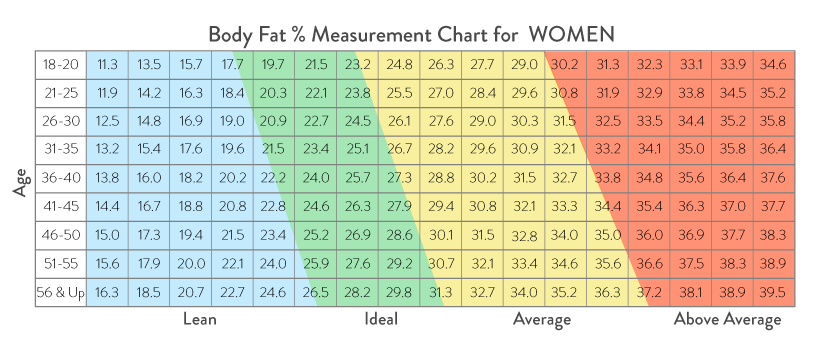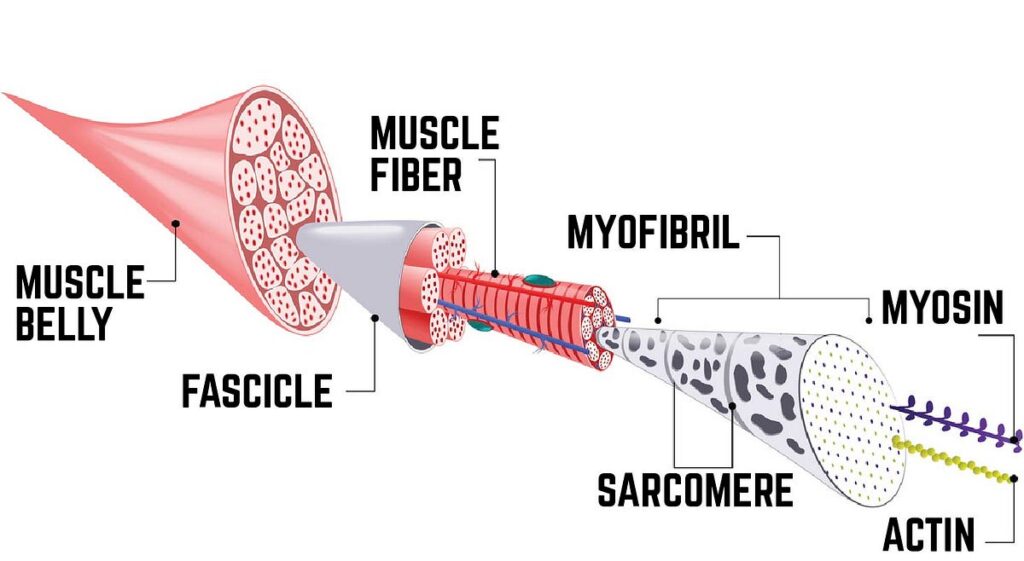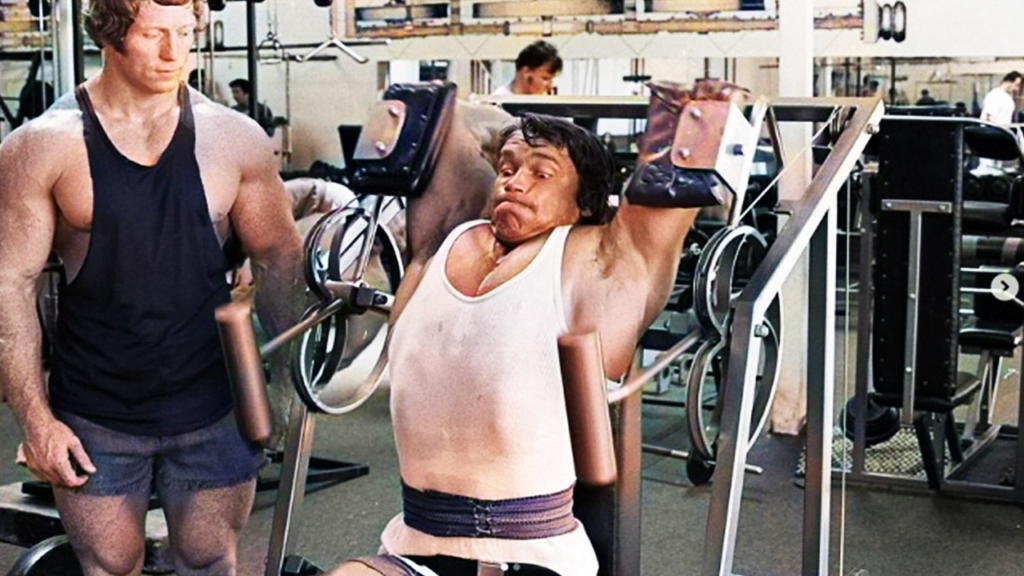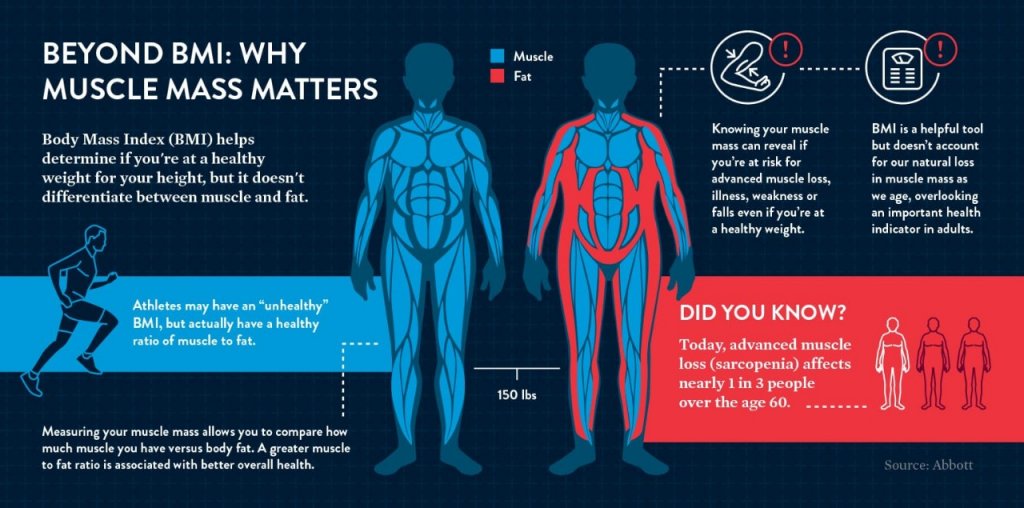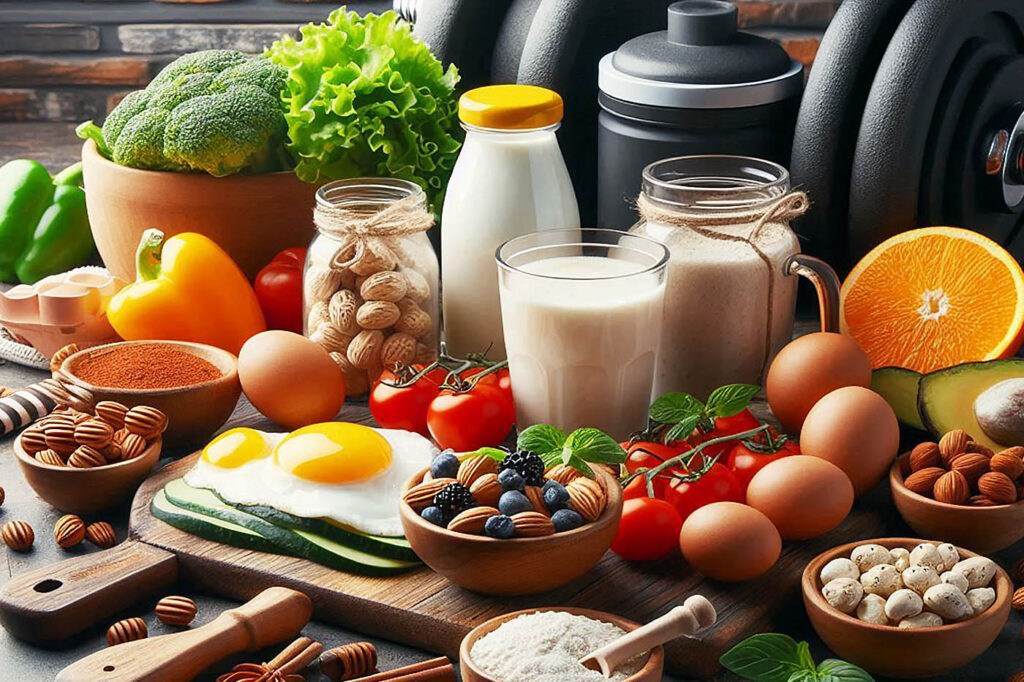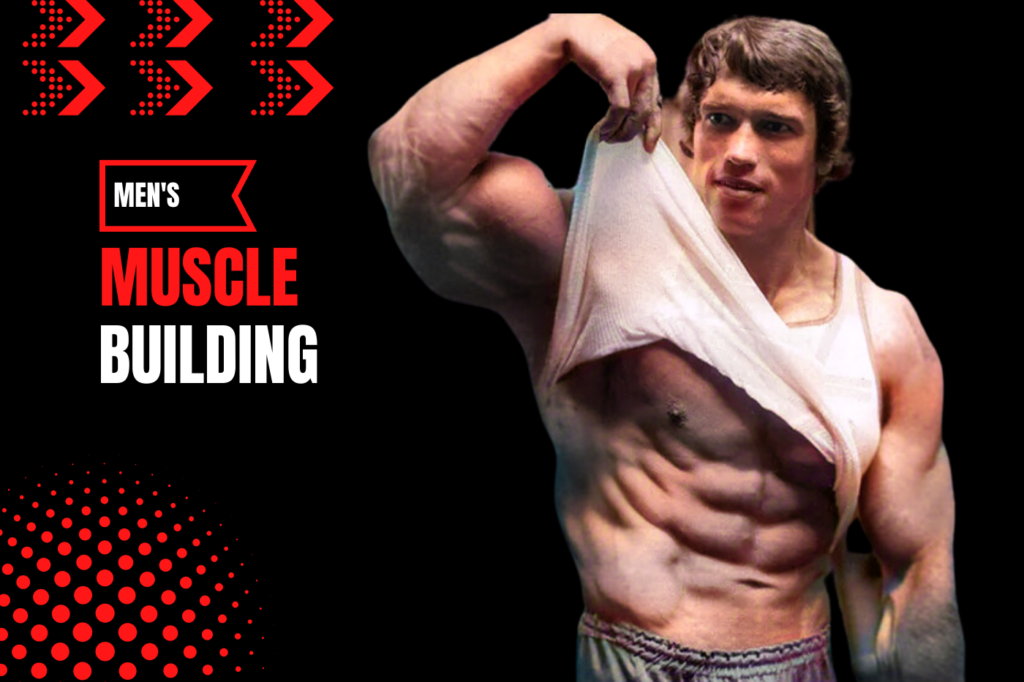Women should aim for 20-25% muscle mass. Exact percentages can vary based on age, fitness level, and health goals.
Muscle mass plays a crucial role in overall health and fitness for women. It helps in maintaining a healthy metabolism, supports daily activities, and reduces the risk of injuries. Many factors, such as age, genetics, and exercise routines, influence how much muscle a woman can build.
Strength training and a protein-rich diet are essential for muscle development. Regular exercise not only boosts muscle mass but also enhances cardiovascular health and mental well-being. Women interested in optimizing their muscle mass should consult fitness experts and nutritionists. This ensures personalized advice tailored to individual needs, promoting sustainable and effective muscle growth.
Credit: www.quora.com
Introduction To Muscle Mass In Women
Muscle mass in women plays a crucial role in overall health and well-being. It helps in boosting metabolism and burning calories efficiently. Many women often underestimate the importance of building muscle mass. It is essential for maintaining strength, balance, and flexibility as they age.
One common misconception is that lifting weights will make women bulky. In reality, strength training helps in toning muscles and achieving a leaner physique. It is important to focus on proper form and gradually increase the intensity of workouts. By incorporating strength training into their fitness routine, women can improve their overall health and quality of life.
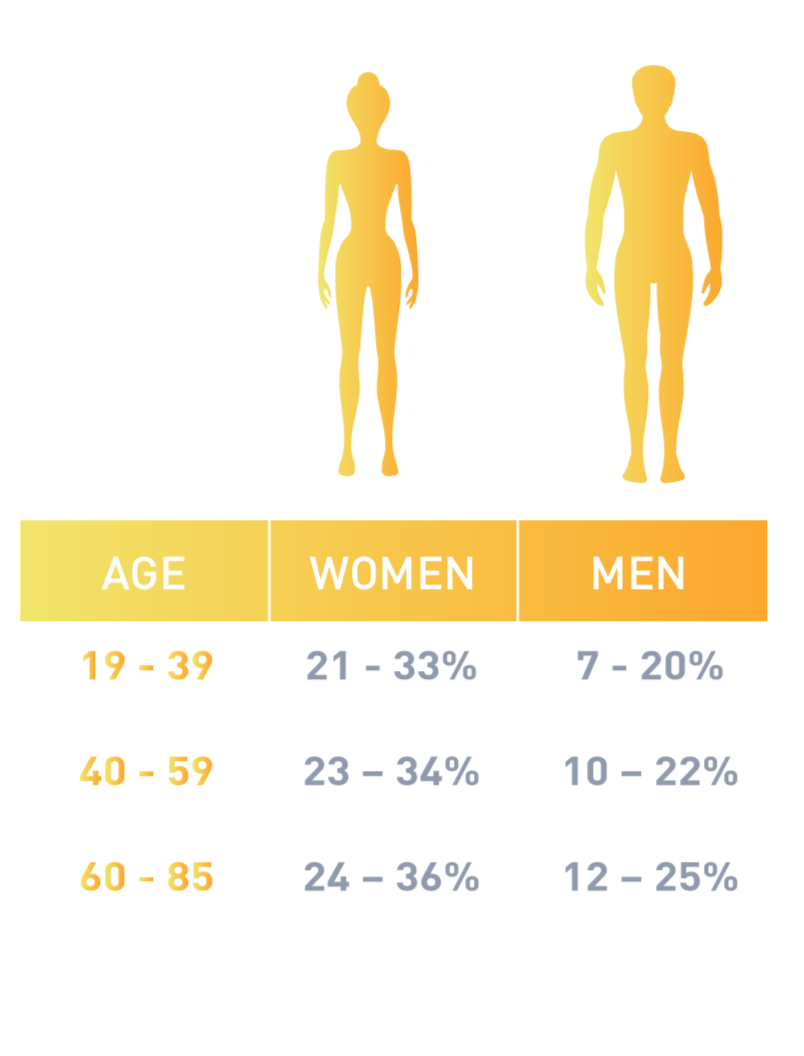
Credit: support.mykronoz.com
Benefits Of Building Muscle
Building muscle increases metabolism. This helps burn more calories. Muscle mass improves bone density. This reduces the risk of osteoporosis. Strong muscles support joints. This decreases the likelihood of injuries. Regular strength training boosts the immune system. It helps fight off illnesses. Muscle mass improves mental health. It reduces symptoms of depression and anxiety.
Stronger muscles improve athletic performance. This makes daily activities easier. Muscle mass enhances endurance. It allows for longer periods of exercise. Building muscle increases strength. This enables lifting heavier objects. Muscle mass improves balance. It reduces the risk of falls. Overall, having more muscle enhances quality of life.
Factors Influencing Muscle Mass
Genetics play a huge role in muscle mass. Some women have more muscle naturally. This is due to their genes. Genes affect muscle fiber types. Fast-twitch fibers grow bigger. Slow-twitch fibers do not grow as much. Genetic differences can make it easier or harder to gain muscle.
As women age, they lose muscle mass. Hormone levels change with age. Lower estrogen can cause muscle loss. Testosterone helps build muscle. Women have less testosterone than men. This makes it harder to gain muscle. Hormone replacement therapy can help some women. Exercise and diet are also important.
Credit: inbodyusa.com
Optimal Muscle Mass Range
Women should aim for a muscle mass of 25-30% of their total body weight. This range supports overall health and fitness. Building muscle helps with strength, endurance, and metabolism. Regular exercise and a balanced diet are key to achieving this goal. Always consult a health professional for personalized advice.
Each woman is unique. Factors like age, genetics, and lifestyle affect muscle mass. Some women may need more or less muscle. It’s important to listen to your body and adjust accordingly. Tracking progress with body scans or measurements can help. Stay consistent and patient for the best results.
Effective Muscle-building Strategies
Strength training is key to building muscle. Lift weights two to three times a week. Focus on all major muscle groups. Use free weights or machines. Perform exercises like squats, deadlifts, and bench presses. Aim for 8 to 12 reps per set. Rest for 60 seconds between sets.
Proper nutrition fuels muscle growth. Eat a balanced diet with protein, carbs, and fats. Protein is essential for muscle repair. Include lean meats, eggs, and beans. Carbs provide energy for workouts. Choose whole grains and fruits. Fats support overall health. Opt for nuts, seeds, and avocados.
Monitoring Progress
Body fat scales can help measure muscle mass. These scales use bioelectrical impedance. It sends a small electrical current through the body. This current measures the amount of fat and muscle. Another method is using calipers. Calipers pinch the skin to measure fat under the skin. This helps calculate muscle mass. Some gyms offer body composition analysis. This can give a detailed report on muscle and fat.
Track strength gains by recording workouts. Write down the weight lifted and the number of reps. Increase the weight gradually. This shows muscle growth over time. Keep a workout journal. Note any improvements in strength. Compare current lifts to past lifts. This helps see progress clearly. Apps can also track strength gains. Input your workouts and monitor progress.
Overcoming Common Challenges
Muscle growth can slow down after some time. This is called a plateau. Changing your workout routine can help. Try new exercises or increase weights. Eating enough protein is also important. Resting well can make a big difference. Sometimes, joining a group can boost motivation. Keep track of your progress to stay encouraged.
Gaining muscle and losing fat at the same time can be tricky. Focus on a balanced diet. Include lean proteins, healthy fats, and lots of vegetables. Cardio exercises help burn fat. Weight training builds muscle. Finding the right balance is key. Listening to your body can guide you. Don’t forget to stay hydrated.
Maintaining Muscle Mass Long-term
Training regularly is key. Aim for 3 to 4 days a week. Include a mix of strength training and cardio. Lift weights to build muscles. Cardio helps with overall fitness. Keep workouts varied to stay motivated. Set achievable goals to track progress.
Eating well is just as important. Protein is crucial for muscle growth. Include lean meats, beans, and nuts. Carbs and fats are needed too. Choose whole grains and healthy fats. Drink plenty of water daily. Avoid processed foods as much as possible. Eat balanced meals to fuel workouts.
Frequently Asked Questions
What Is Ideal Muscle Mass For Women?
Ideal muscle mass varies by age and activity level. Generally, women should aim for 30-35% muscle mass. This provides strength and health benefits.
How Can Women Measure Muscle Mass?
Women can measure muscle mass using bioelectrical impedance scales, DEXA scans, or skinfold calipers. These methods provide accurate assessments of muscle percentage.
Why Is Muscle Mass Important For Women?
Muscle mass is crucial for metabolism, strength, and overall health. It reduces injury risk and supports daily activities. Maintaining muscle mass also aids in weight management.
Can Women Gain Muscle Without Getting Bulky?
Yes, women can gain muscle without bulk. Focus on strength training and balanced nutrition. Muscle development for women typically results in a toned, lean appearance.
Conclusion
Achieving the right muscle mass is crucial for women’s health and fitness. It boosts metabolism, enhances strength, and improves overall well-being. Focus on balanced workouts, proper nutrition, and rest. Listen to your body and consult professionals for personalized advice. Empower yourself with knowledge to reach your fitness goals.

